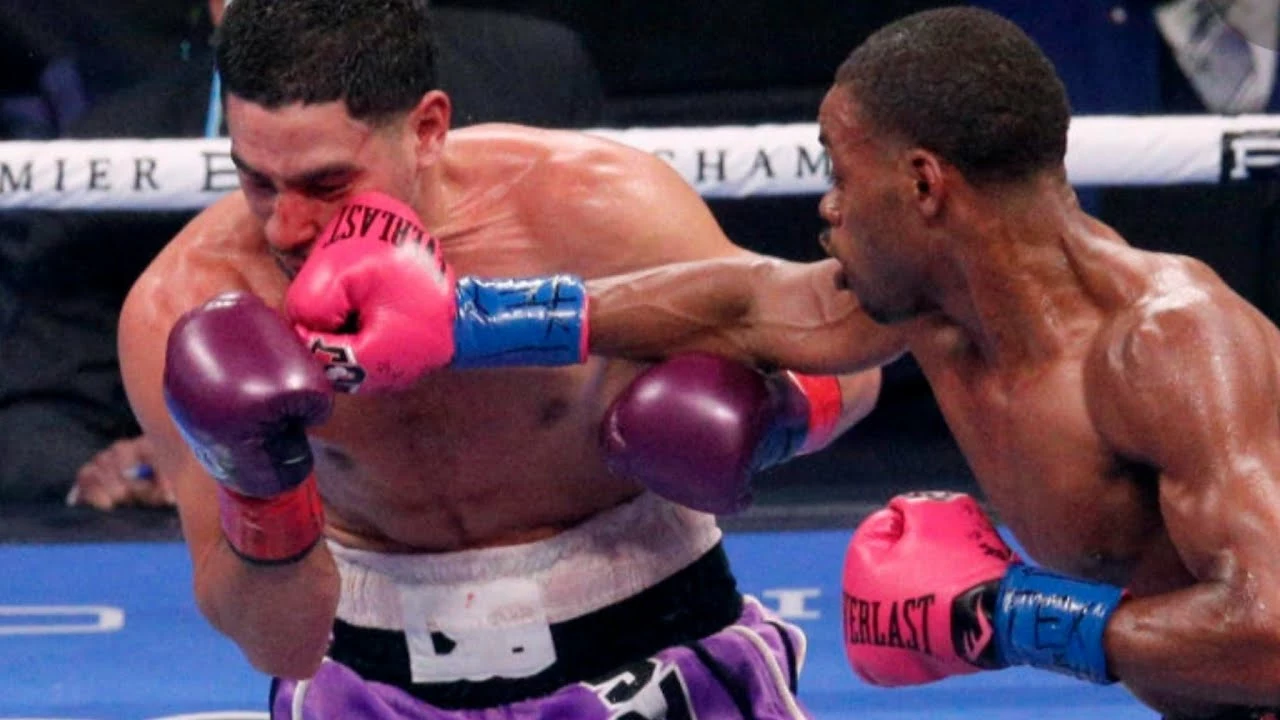Boxing Matchup Basics – How Fights Are Set Up & What to Expect
Ever wondered why two fighters end up in the same ring? A boxing matchup is more than just two names on a card. Promoters match fighters based on weight, style, and what the fans want to see. Understanding this process helps you follow any bout, whether it’s a title clash or a quirky undercard.
How Promoters Choose Opponents
First up, weight matters. Fighters compete in specific classes— welterweight, middleweight, heavyweight, and so on. A promoter can’t pit a 150‑pound boxer against a 250‑pound giant without a special catch‑weight agreement. Next, they look at fighting style. A power puncher often gets paired with a technical boxer to create a contrast that makes the fight exciting.
Money and marketability are huge factors too. If two fighters have big fan bases, the payoff on ticket sales and TV revenue can be massive. Sometimes a promoter will set up an “odd‑ball” matchup—think a veteran coming back against a rising star—to stir curiosity. Those are the bouts that often end up on our tag page because they’re out of the ordinary.
Round Limits and What They Mean
Knowing the number of rounds helps you gauge the fight’s intensity. Professional bouts range from 4 to 12 rounds, each lasting three minutes. Championship fights are usually the full 12 rounds, while newer contenders might start with 6‑ or 8‑rounder contracts. Amateur matches are even shorter, typically three rounds, making the pace faster.
Why does this matter? Fewer rounds favor aggressive fighters who want to finish early, while longer fights benefit those with stamina and strategic pacing. When you see a matchup listed as a 12‑round title fight, expect a chess match of tactics rather than a quick knockout.
Round structure also affects scoring. Judges score each round 10‑9 unless there’s a knockdown or a dominant performance, which can turn it into a 10‑8. Keeping track of round‑by‑round scores lets you follow the fight even if the final knockout never comes.
Now, let’s talk quirks. Some matchups break the usual rules. Think of a bout where a boxer moves up two weight classes in weeks, or a fight staged in an unusual venue like a circus ring. Those stories show up in our “boxing matchup” tag because they highlight how flexible—or bizarre—the sport can get.
For fans new to boxing, a quick tip: always check the fighters’ recent fight history. If one boxer has been inactive for years, the matchup might be risky for both parties. Also, look at the trainers—different camps can change a fighter’s style dramatically.
Lastly, remember that a matchup isn’t just a line on a schedule. It’s a blend of science (weight and stats), art (style match), and business (what sells). By understanding these pieces, you’ll get more out of every fight, whether it’s a classic showdown or a strange experiment.
So next time you see a boxing matchup, ask yourself: How do weight, style, and round count shape this bout? The answer gives you a backstage pass to the sport’s real drama.

Who wins in this matchup, Danny Garcia or Terence Crawford?
Alright fight fans! Let's dive into this electrifying matchup between Danny Garcia and Terence Crawford. Now, I'm no fortune teller, but if I had to put my money on someone, it'll be Crawford. With his impeccable boxing IQ, speed, and precision, Crawford has an edge over Garcia. But hey, let's not write off Danny just yet. He's got that Philly toughness and a killer left hook that could turn the tables. Expect fireworks, folks, this is gonna be one heck of a fight!
more
